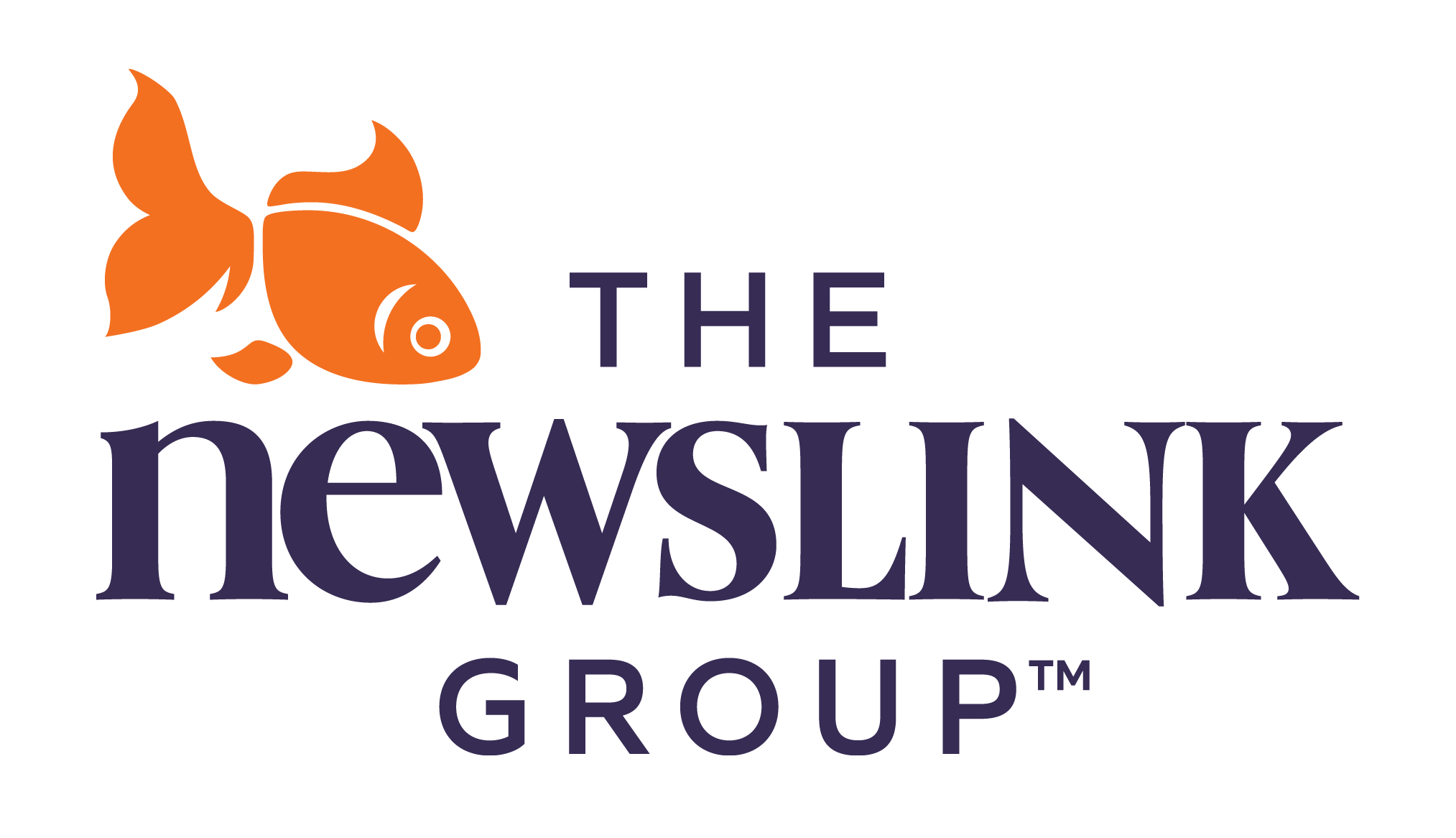Best-selling author and marketing expert Seth Grodin writes that what people want today is connection. He believes that we are in a connection economy, where those who connect with others will succeed.
Having strong social connections has been directly linked to a long list of positive outcomes, from higher job performance and the ability to innovate and make clear decisions to greater physical well-being, decreased cardiovascular mortality, fewer depressive symptoms and improved overall mental health. In fact, science has given us ample evidence to suggest that social support and the experience of connectedness impact an array of facets of our everyday lives.
New research from BetterUp, The Connection Crisis: Why Community Matters in The New World Of Work, reveals just how important connection actually is. They surveyed 3,000+ U.S. workers, evaluated data from over 150,000 BetterUp members and analyzed 78 leading companies on Glassdoor to understand better what connection means and what benefits the individual and organization experience when they get connection right.
The research showed that employees don’t need more money or bigger titles to rediscover their commitment and reignite a passion for their job — they need opportunities for social connection. And they’re not getting it.
Let’s replace the word “employees” with “members” and see if that resonates.
It should, and here’s why: The core value proposition of an association is membership — belonging to something that is bigger than just the one.
Association membership is the one commodity that speaks directly to a human’s basic need, and therefore, it should be an easy sale. Membership drives and membership engagement should be easy to accomplish, but after 30-plus years in the association communication industry, it doesn’t seem to be as easy as it should be.
Membership engagement has always been a point of focus for all association communication professionals. Engagement will not happen if connection and a sense of belonging are not there. Belonging, after all, is a psychological need. Both Jung and Maslow theorized that it is part of the human makeup to feel the need to belong with others. If a member does not feel a sense of belonging, it will have a negative impact.
That begs the question: How do you engage members from an emotional perspective to form relationships and feel that sense of belonging that we all crave?
Communicate Effectively
There are three ways to communicate — face-to-face, through electronic means and through print. That’s it. Everything falls into one of these platforms. So, the discussion of which one is best and which one for any association to use really is a moot point. Every association, in our opinion, should use all three. A lot. Overcommunication, when fostering a sense of belonging for members, is a myth.
Practice the 5 Love Languages
It might sound strange to suggest using love languages to improve your professional relationships.
What does love have to do with the workplace? Your work is comparable to a marriage, whether you like it or not. According to FreshBooks, the average person will spend one-third of their life at work. That’s roughly 90,000 hours at work over a lifetime. Your colleagues and customers get to see you at your best (and worst). Business relationships need work to keep them alive and thriving.
The 5 Love Languages is a concept that was first introduced in 1992 by Gary Chapman, and it has rapidly gained popularity in recent times. The theory focuses on identifying specific communication preferences to improve connections with romantic partners and provides advice on maintaining mutually rewarding relationships with others around you based on the five language categories.
Not everyone expresses or experiences love in the same way, and likewise, people are diverse in the ways they prefer to receive affection. The 5 Love Languages are distinct ways to communicate and receive affection:
- Words of affirmation.
- Quality time.
- Receiving gifts.
- Acts of service.
- Physical touch — handshake, a fist bump — but, by photographing events for many of our clients, I have seen a lot of hugs.
The idea is that there’s no one-size-fits-all approach to expressing care and compassion to others. This thoughtful approach is also astonishingly useful as you attempt to acquire new members, build client connections or keep your associates happy.
Everyone’s motivation is different and fueled by a unique set of beliefs and preferences. Whether it’s a pat on the back, a cash reward for going above and beyond or some one-on-one time with someone who recognizes your effort, we each have distinct feelings about what makes us feel most valued.
When we give and receive the right kind of praise, encouragement and award for efforts, stronger connections between colleagues are built, fortifying an organization’s overall strength. Doesn’t that sound good?
Make It Fun
The good times you share with a friend or colleague work on a deeper level than you might realize. Research published in 2021 in Current Opinion in Behavioral Sciences found that having positive emotional experiences with another person deepened the bonds of a relationship. If you can share a laugh, even better! A study published in 2021 in PLOS One showed that laughter can enhance social bonding.
Conventions, lunch and learn events and seminars are all social and fun activities. Following up those events with spreads in a magazine is a great memento and reminder of the connections made and that community members belong.
Go Ahead and Be Vulnerable
Yes, being vulnerable can be perceived as “being weak,” “giving ammunition to your adversaries,” “becoming a target” and a whole slew of negative connotations. Unfortunately, sometimes, that can be true, especially in a toxic culture. But here is the inescapable truth: If you (and your team) regard and use vulnerability that way, you are fated to be forever stressed out, defensive, on edge and, ultimately, just plain miserable at work — and possibly in life. And members will leave. There’s that.
Trying to hide your vulnerability is where a real struggle begins. No one is perfect; therefore, everyone is vulnerable. Period. If you try to hide your vulnerability from yourself and those around you with excuses, rationalizations and overbearing attitudes, you will undoubtedly destroy every single opportunity for synergy, connection and joy around you. So, it makes sense to try and approach vulnerability differently.
In the leadership realm, research has shown there is an advantage in embracing vulnerability and its effect on improving team culture and overall performance. The underlying principle of this is rather straightforward — when leaders embrace vulnerability, an environment of honesty is created that nurtures trust and opens lines of communication, both of which are integral components of learning and innovation. Have you heard of a successful business that is unable to learn and innovate? I didn’t think so. Here are what some experts have to say:
- Brené Brown, research professor at the University of Houston and author of “Daring Greatly: How the Courage to Be Vulnerable Transforms the Way We Live, Love, Parent, and Lead,” emphasizes that vulnerability is not weakness, but rather “our most accurate measurement of courage.” Brown’s research has shown that leaders who embrace their vulnerability are more likely to build trusting relationships, encourage innovation and foster communities with a culture of creativity and growth.
- Simon Sinek, renowned author and motivational speaker, believes in the power of vulnerability in leadership. In his book “Leaders Eat Last: Why Some Teams Pull Together and Others Don’t,” Sinek contends that leaders who are vulnerable and share their weaknesses and struggles create a sense of trust and safety within their teams. This, in turn, leads to greater team collaboration, creativity and overall success.
- In his book “The Five Dysfunctions of a Team: A Leadership Fable,” Patrick Lencioni emphasizes the great importance of being vulnerable in leadership. Lencioni asserts that leaders who admit their mistakes and show vulnerability are much more likely to create an environment where team members feel comfortable sharing their own struggles and learning from each other. This, in turn, leads to greater innovation, productivity and success.
- Dr. Daniel Goleman, psychologist and author of the book “Emotional Intelligence,” says that the act of being vulnerable also means being emotionally intelligent. And leaders who are emotionally intelligent have the ability to recognize their own emotions and those of others. This allows them to navigate hard situations with greater ease and create more meaningful connections with their team members.
By 2025, there will be more machines in the workplace than humans, which means that human touchpoints are an even greater advantage today than ever before. For associations, face-to-face, print and digital touchpoints are essential to creating connections and cultivating a sense of community.
It’s the human experience that will create relationships that foster feelings of belonging. And that sense of belonging for members is the emotional core value of those membership dues. Yes, there are many services and products that go along with membership, both those are transactional, and it’s the emotional connection that moves the needle when it comes to engagement.
The BEST Community Building (Marketing) Strategy Ever!
Back in 1958, two associations were founded with the intent to sell insurance products and other services to Americans 55 and older. One of the associations was AARP. The insurance company behind the formation of the associations was Colonial Penn.
Over the years, there have been lawsuits raised by consumers, members and disgruntled employees — however, this is not a commentary about the legalities of the organizations but more about the creation of one of the best community-based marketing efforts in the past 60+ years, and one that is still going strong.
So, how does an insurance company sell insurance products to one in four older Americans and instill a level of loyalty that propelled the company to one of the largest in the world, with more than 3.6 billion of life insurance in force? Well, you create a community where the seniors belong to something and can share ideas and lifestyles founded on peace of mind.
The AARP magazine is at the center of this juggernaut, and it brings in $1.6 billion in revenue, not counting the revenue from the insurance products.
First, AARP members pay dues and receive the AARP magazines for free.
The magazine is published bi-monthly — in print — to 47 million members and its tagline is: Feel Great. Save Money. Have fun.
The magazine is distributed in print and also in a digital format, and it actively sells insurance products, Medicare and travel services, among other things — but it does so wrapped in lifestyle features specifically geared towards age demographics, which starts at age 50.
Over the years, the covers have featured older famous people engaging with grandchildren, pets, volunteering and otherwise living their best ordinary lives — much like we all can, once we are 55 and members of AARP, and happily buying their products.
The point of this is that if an insurance company can create an emotional connection and sell billions of dollars of insurance products to millions of people by creating a community based on belonging and inclusion, all associations can learn from their marketing strategy.
AARP’s members aren’t buying insurance products per se, but a lifestyle and an emotional connection.






